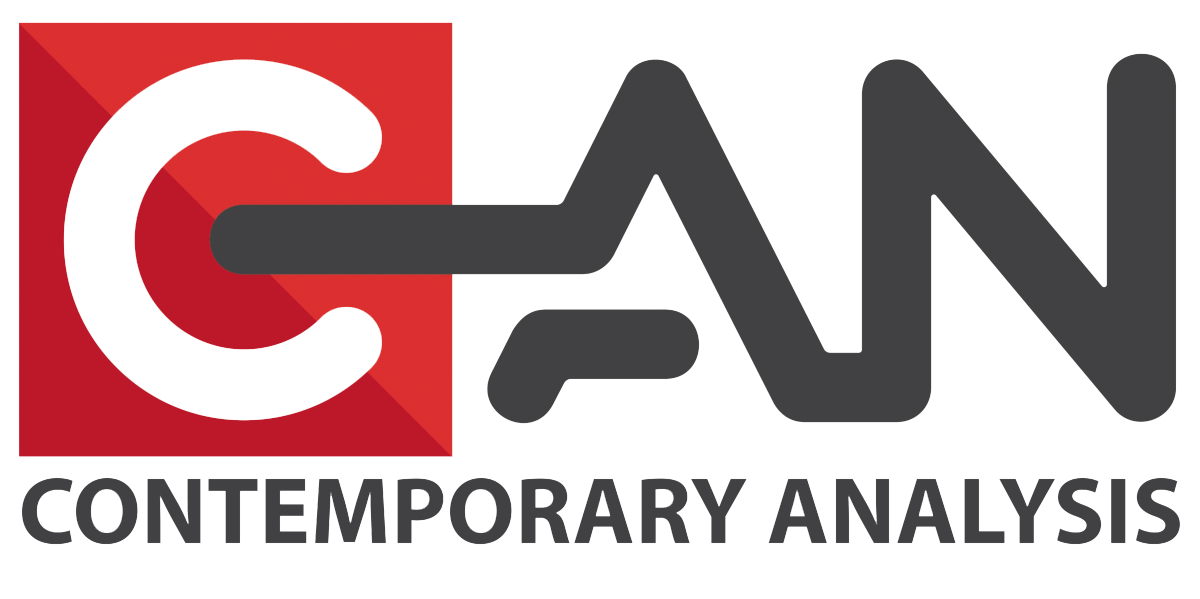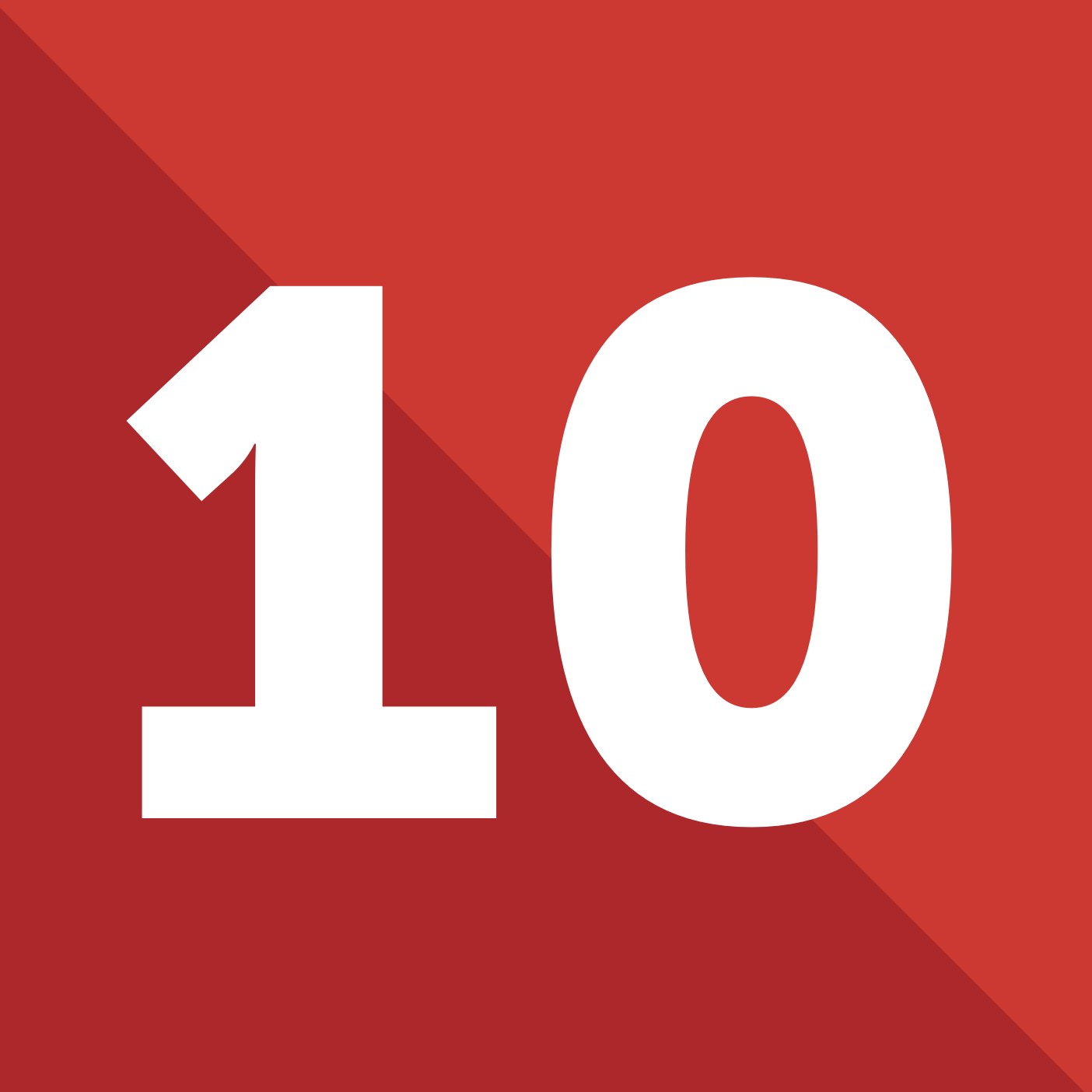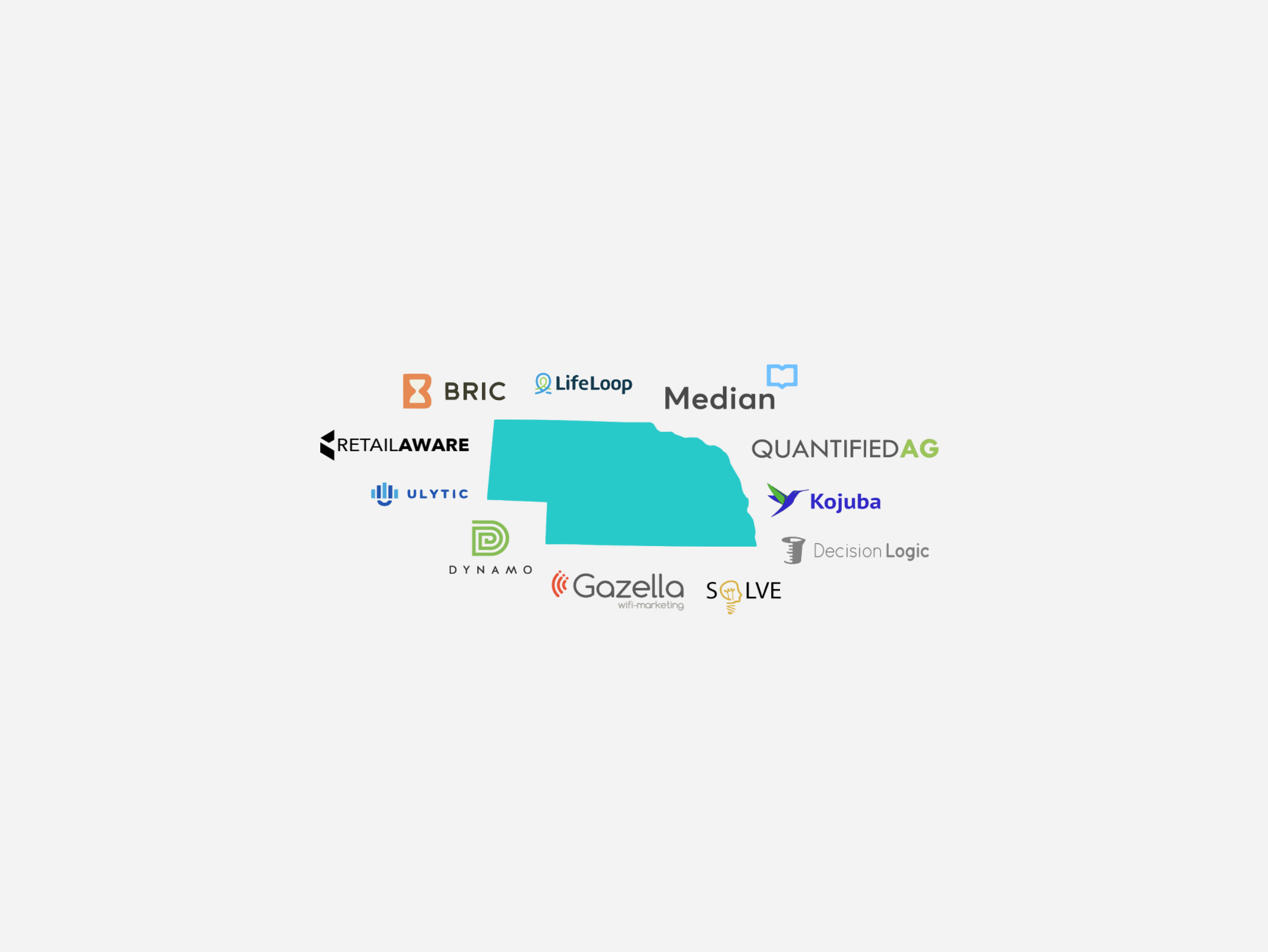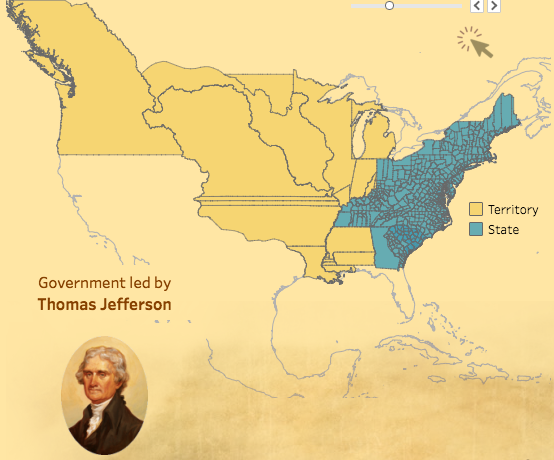Today is Contemporary Analysis (CAN)’s 10th birthday!!! Although we are not the company...
News
read more
Contemporary Analysis Awarded Small Business of the Month
Recently, Contemporary Analysis (CAN) was presented with the Greater Omaha Chamber’s...
Top Swag at TC17
CAN recently got back from Tableau's 2017 customer conference, affectionally shortened...
Eleven Nebraska startups that could be the next big thing
Nebraska is not California. Omaha is not San Francisco. This sounds glaringly obvious...
Game of Throne Meets Data Science
Sometimes obsession breads genius. Fans of Game of Thrones have dedicated much time to...
Building From Within
Our staff augmentation model proves that CAN believes in building a data analytics team...
From the archives "Why Become a Data Scientist?"
Did you know CAN's blog is full of sound data science related advice dating back to the...
Happy Fourth of July from CAN
Cheers to happy and safe Fourth of July! For our celebration, we're sharing this Tableau...
Python or R – CAN’s Advice on How to Choose
The age-old Python or R debate always rages here at CAN. While we have a pretty...






